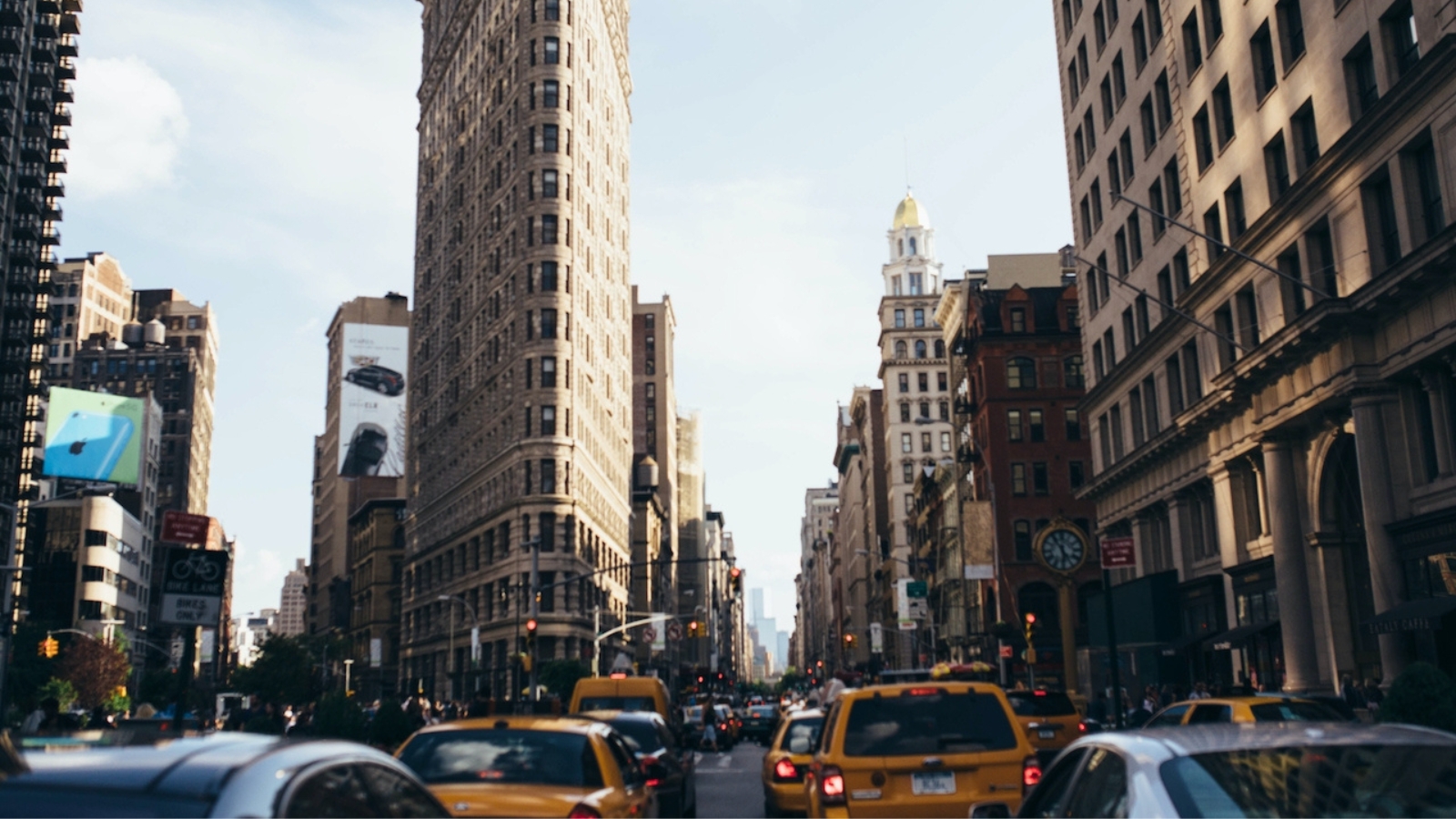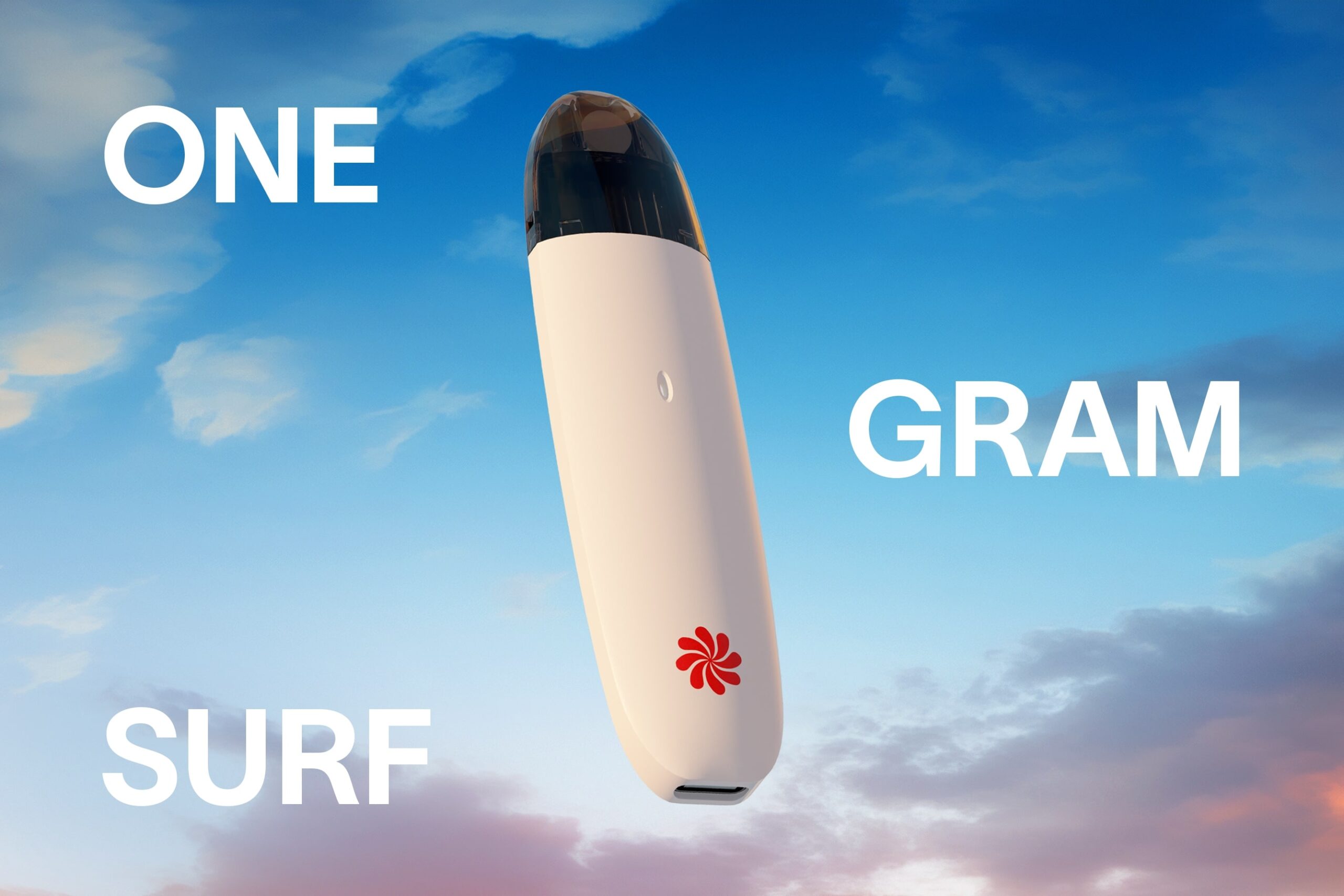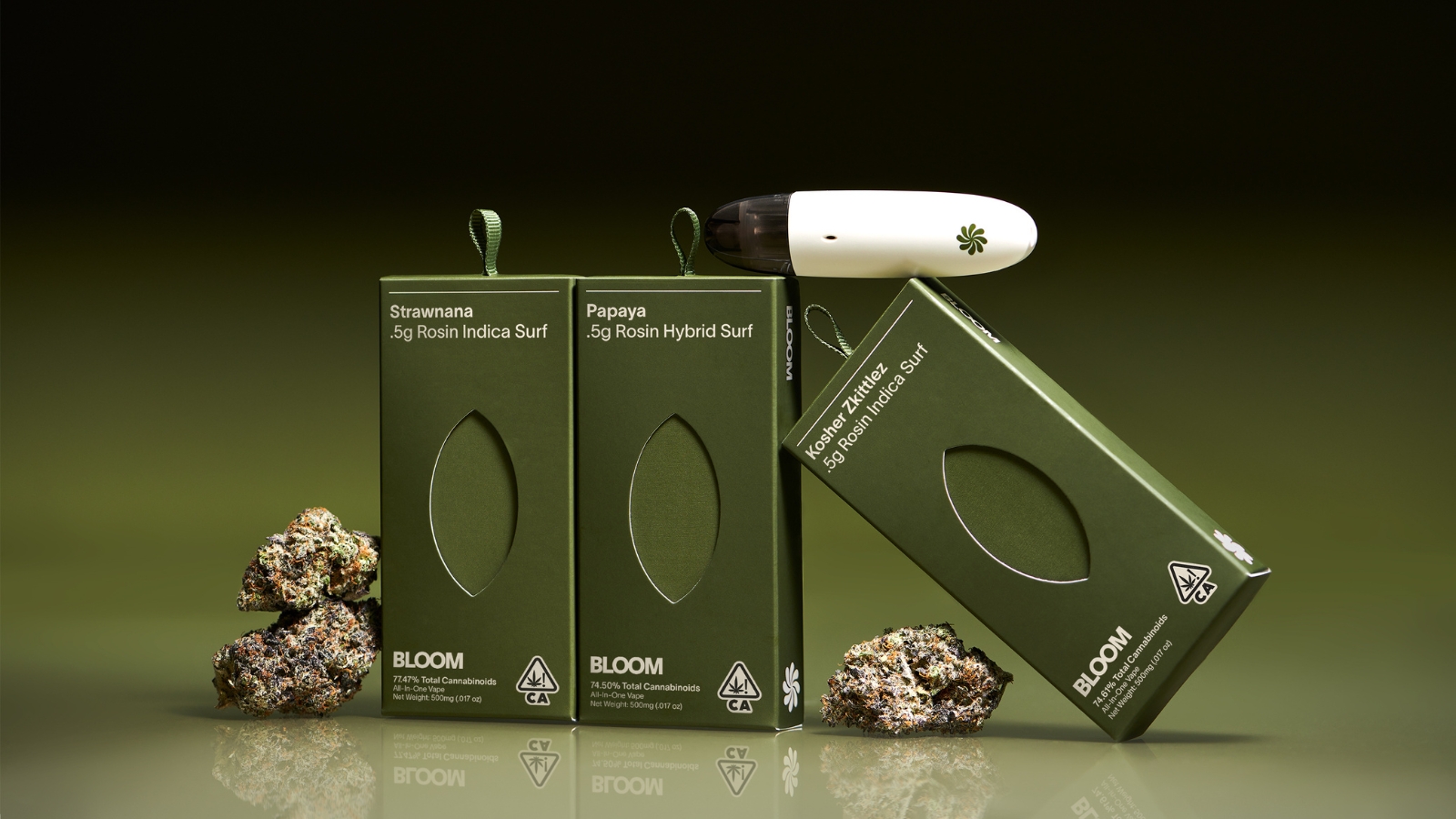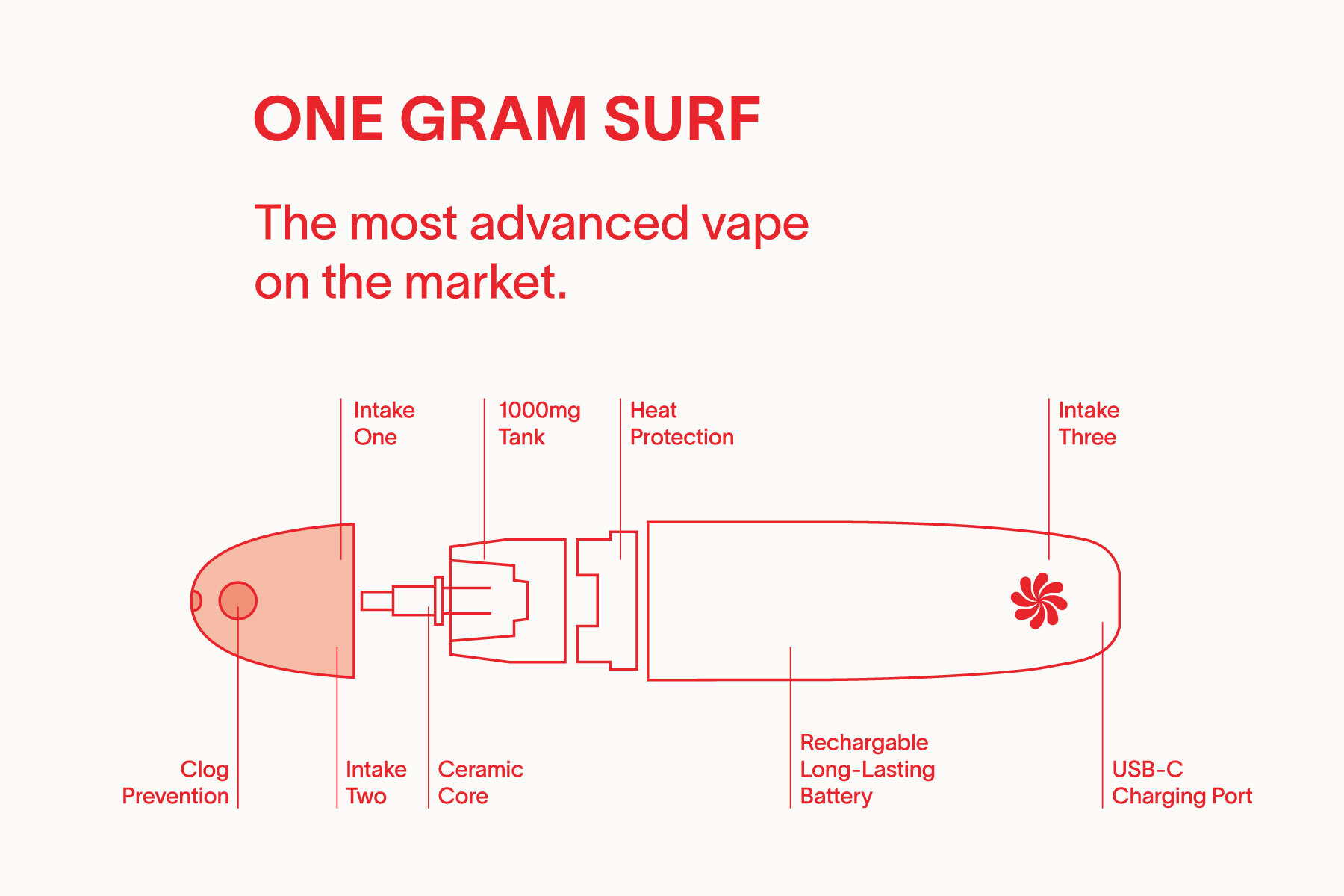The history of cannabis in New York City is a rollercoaster ride marked by shifts in legality, social attitudes, and cultural influence. From its early days as a medicinal remedy to its recent legalization for recreational use, the story of cannabis in the Big Apple is a testament to the incredible progress made in the fight against prohibition. Read on for a brief overview of the significant milestones in New York’s cannabis journey, celebrating the long road to reform and the unique cannabis culture that has emerged in the city.
Early History of Cannabis in New York
The journey of cannabis in New York City has been shaped by various legal shifts, including:
- 1914 Harrison Narcotics Act: This federal law aimed to regulate the sale and distribution of narcotics, including cannabis.
- Marihuana Tax Act of 1937: This act imposed a tax on cannabis sales, effectively criminalizing the plant nationwide.
- Boggs Act of 1951: This law increased penalties for drug offenses, including cannabis possession and distribution.
- 1956 Narcotic Control Act: This act further increased penalties for drug offenses and expanded federal control over drug enforcement.
During this era, the “Reefer Madness” propaganda campaign fueled fear and misinformation about cannabis, leading to harsher penalties and greater public opposition. However, a cultural shift was on the horizon, as the next generation began to question prohibition and embrace cannabis as part of a larger counterculture movement.
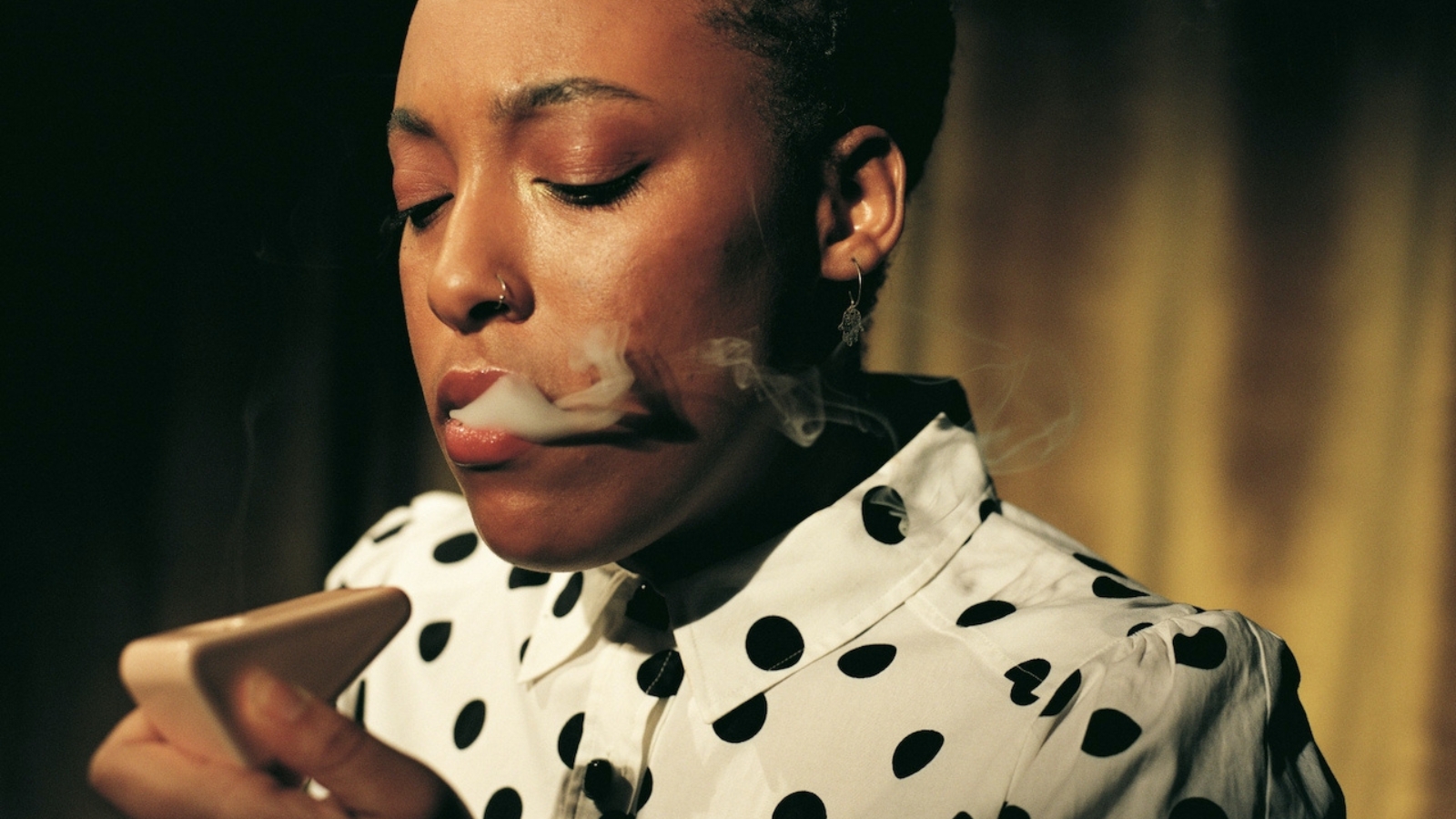
The Beat Generation and the Counterculture Movement
Despite the criminalization of cannabis, the plant maintained a presence in New York’s underground cultural scene. The Beat Generation, a literary and cultural movement that emerged in the 1950s, openly embraced cannabis use as an act of rebellion against mainstream values and social norms. Writers and artists like Allen Ginsberg, Jack Kerouac, and William S. Burroughs helped popularize cannabis use among the counterculture, challenging the prevailing attitudes towards the plant.
As the 1960s dawned, the counterculture movement continued to gain momentum, with younger generations increasingly questioning the wisdom of cannabis prohibition. This growing dissatisfaction with the status quo would eventually pave the way for the decriminalization efforts and cannabis reform that would follow in the coming decades.
As the 1970s approached, a growing number of New Yorkers began to question the effectiveness and fairness of cannabis prohibition. The counterculture movement of the 1960s exposed many to the potential benefits of cannabis and the negative consequences of criminalization. Influential voices from academia, law, and civil rights organizations started advocating for a more sensible approach to cannabis policy, emphasizing the need for decriminalization and reform.
Decriminalization Efforts
In 1973, New York passed laws to decriminalize cannabis possession, reducing penalties for small amounts of the plant. However, the strict Rockefeller drug laws of the same era continued to impose harsh penalties for cannabis distribution and larger possession offenses, stifling progress in the fight against prohibition.

A Long Road to Medical Marijuana
After decades of activism and advocacy, the 2014 Compassionate Care Act was passed in New York, establishing the state’s medical marijuana program. The Act allowed patients with qualifying conditions to access medical cannabis under the guidance of a certified physician. Patients were permitted to possess up to a 30-day supply of non-smokable cannabis products and had access to a statewide network of dispensaries.
The 2014 Compassionate Care Act
Under the Compassionate Care Act, patients with specific debilitating or life-threatening medical conditions could obtain a recommendation for medical marijuana from a registered practitioner. These conditions included cancer, HIV/AIDS, epilepsy, multiple sclerosis, inflammatory bowel disease, neuropathy, chronic pain, and other severe, debilitating, or life-threatening conditions as determined by the practitioner.
Since its inception, the Compassionate Care Act has seen several expansions and improvements. The list of qualifying conditions has grown, and more practitioners have registered to participate in the program. As of 2021, there were over 150,000 certified patients and more than 3,000 registered practitioners in New York’s medical marijuana program.
With the recent legalization of recreational cannabis, the future of the medical marijuana program in New York is uncertain. However, the Compassionate Care Act has undoubtedly laid the groundwork for a robust and regulated cannabis industry, paving the way for the state’s broader embrace of cannabis reform.

Legal Weed: A New Era for New York
In 2021, New York legalized recreational cannabis use for adults 21 and older with the passage of the Marijuana Regulation and Taxation Act (MRTA). This groundbreaking legislation established a framework for the regulation, taxation, and sale of cannabis in the state, ushering in a new era of cannabis policy in New York.
Cannabis Culture in the Big Apple
New York City’s unique cannabis culture has evolved over the years, shaped by its diverse population, influential artists, and shifting legal landscape. From the underground scene of the Beat Generation to the vibrant cannabis community of today, the city’s relationship with the plant has come a long way. In the streets of the Big Apple, you’ll find a thriving cannabis scene, marked by social clubs, cannabis-themed events, and a rich tapestry of cannabis enthusiasts from all walks of life.
The legalization of recreational cannabis has spurred a boom in cannabis-related businesses, from dispensaries and delivery services to cannabis-infused culinary experiences. New Yorkers have also embraced the arts and culture surrounding cannabis, with galleries, museums, and other creative spaces highlighting the plant’s history and influence on the city.
One of the most iconic symbols of New York City’s cannabis culture is the “bodega blunt,” a term used to describe a cigar or cigarillo purchased at a local bodega, then hollowed out and filled with cannabis. This practice captures the essence of the city’s street culture and the role that bodegas have played in the New York cannabis scene.
Another aspect of New York’s cannabis culture is the unique lingo that has emerged within the community. Terms like “Zaza” and “Piff” reflect the city’s distinct cannabis heritage, while practices like “chopping” and the prevalence of “50-sacks” showcase the city’s vibrant cannabis market.
The history of cannabis in New York City is a story of resilience, activism, and cultural evolution. From the early days of prohibition to the recent triumph of legalization, New York’s cannabis journey is a testament to the power of change and the enduring spirit of the city’s cannabis community. As New York continues to embrace its newfound freedom, the future of cannabis promises to be as vibrant and diverse as the state itself.
